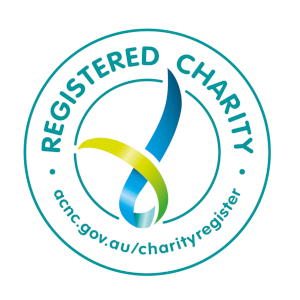This fact sheet provides information on Angelman Syndrome, its frequency, signs and symptoms, and treatment.
A fact sheet you can download and print, which provides information about Angelman syndrome, its frequency, signs and symptoms, and treatment.
This disease is a disability type-specific to section 24 of the NDIS Act.
Angelman Syndrome Angelman Syndrome is a congenital genetic condition, meaning it is present from birth, which mainly affects the nervous system. Characteristics of Angelman Syndrome include intellectual disability, distinctive facial features, recurrent seizures and speech problems. Children who have Angelman syndrome typically are happy, and excitable, with frequent laughter, and hand flapping. Most cases are due to a missing part of the mother’s copy of chromosome 15.
Frequency
- Approximately 1 case in every 15, 000- 20, 000 people Signs and Symptoms
- Delay in motor development, for example, a delay in sitting, crawling or walking. This is typically noticed around the age of 6-12 months when children would usually become more active
- Difficulty sleeping as a child, and typically needing less sleep
- Problems with speech, with little or no speech development
- Jerky, “puppet-like” body movements, and difficulty with balance
- Hand flapping and hyperactive behaviour
- Intellectual disability
- Distinctive facial features including small head size and flattened back of the head, prominent jaw and widely spaced teeth, and deep-set eyes.
- In some cases, there may be curving of the spine (scoliosis)
Treatment
There is no known curative treatment for Angelman syndrome. Some options for aiding with symptoms include:
- Speech therapy
- Occupational therapy for fine motor skills, and self-care skills
- Classroom aid for assistance through schooling
- Anti-epileptic medication to relieve seizures
- Physiotherapy to help improve balance and movement problems
Disclaimer
This fact sheet provides general information about the disability and is for informational purposes only. It is not a guarantee that you will meet the disability requirements in section 24 of the NDIS Act.
References:
Angelman Syndrome. (2019).
Retrieved from Genetics Home Reference
Retrieved from ASA - Angelman Syndrome Association Australia
Resource: IDEAS
Download: ![]() Disability Type: Angelman Syndrome
Disability Type: Angelman Syndrome



